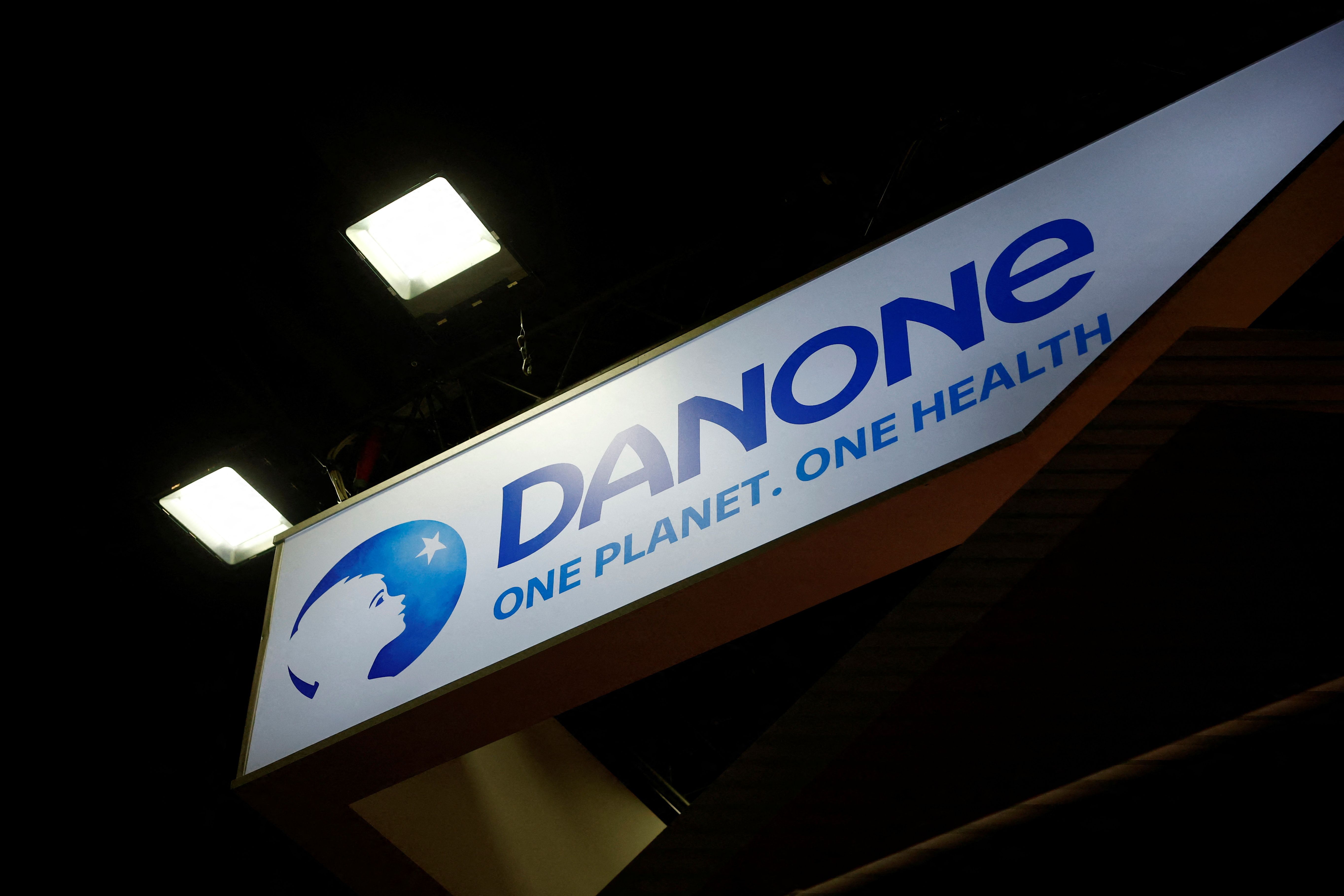FMCG Logistics Market Set to Surpass $131.54 Billion by 2032
The global FMCG logistics market is projected to expand significantly, reaching a valuation of $131.54 billion by 2032, up from $113.25 billion in 2022. This translates to a compound annual growth rate (CAGR) of 2.3% from 2025 to 2032, according to new market research. The growth trajectory is being shaped by increasing demand for efficient transportation solutions, rapid advancements in supply chain technologies, and the unparalleled growth of e-commerce distribution networks.
Retailers and FMCG brands are increasingly turning to third-party logistics providers (3PLs) and automation to manage high-volume, short shelf-life products more effectively. The growing complexity of global supply chains—particularly in fast-moving product segments such as food and beverages, personal care, and household goods—is pushing logistics providers to invest in scalable and agile solutions.
Key market players are heavily investing in fleet expansion, cold chain infrastructure, and real-time tracking technology to enhance inventory visibility and order accuracy. Additionally, sustainability is becoming a central theme across logistics operations, with green warehousing, electric delivery vehicles, and optimized route planning gaining traction to reduce environmental impact and fuel costs.
Segment Highlights
The transportation segment holds the largest revenue share and continues to dominate the FMCG logistics space, owing to its critical role in timely product delivery. Meanwhile, the warehousing segment is expected to witness substantial growth as retailers expand fulfillment centers closer to end-consumers, particularly in urban areas. This shift is in response to rising consumer expectations for same-day or next-day delivery, influencing both infrastructure design and last-mile delivery strategies.
Regional Trends
Asia-Pacific emerged as the leading market in 2022, and is set to maintain its position through 2032, driven by rapid urbanization, growing middle-class consumption, and extensive retail penetration across China, India, and Southeast Asia. Meanwhile, North America and Europe continue to adopt automation and data-driven logistics solutions to optimize performance and reduce overheads.
As FMCG companies adapt to evolving consumer behavior and retail dynamics, investment in logistics capabilities is no longer optional—it’s a strategic imperative. Stakeholders across the value chain, from manufacturers to distributors, must align on digital transformation, operational efficiency,

